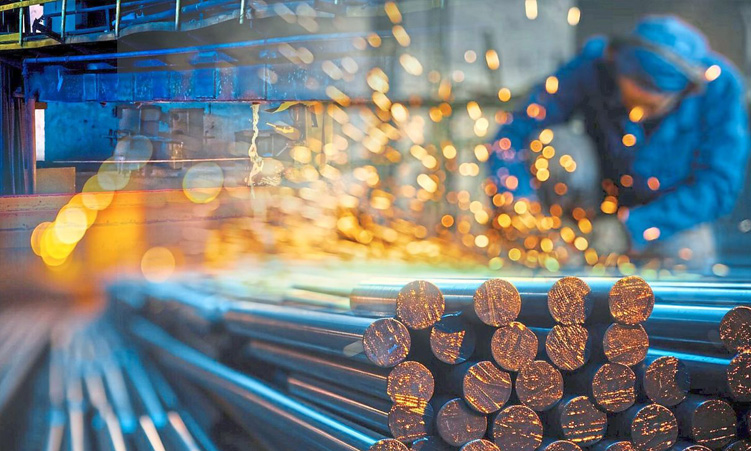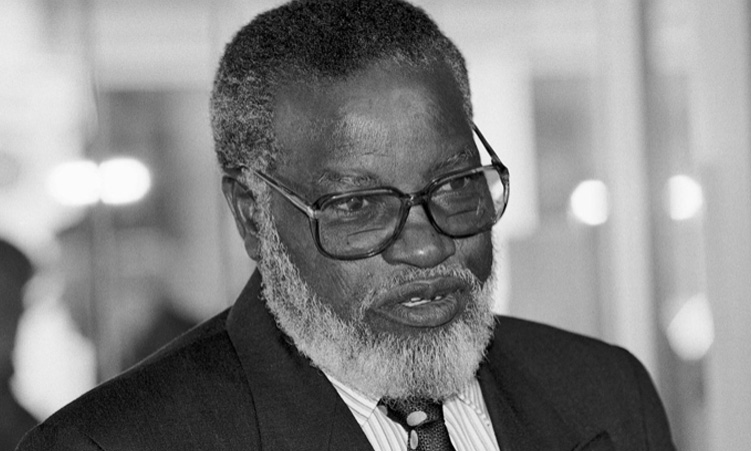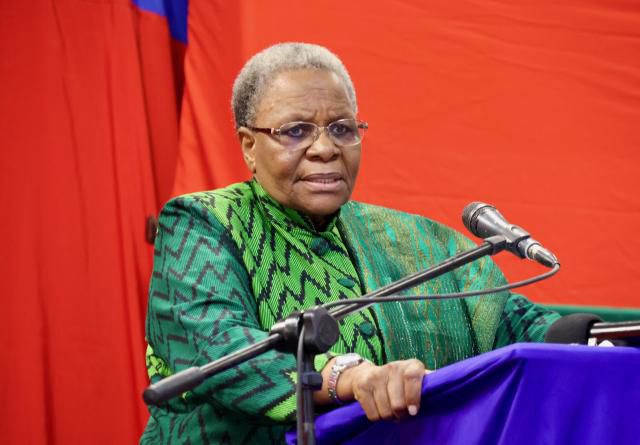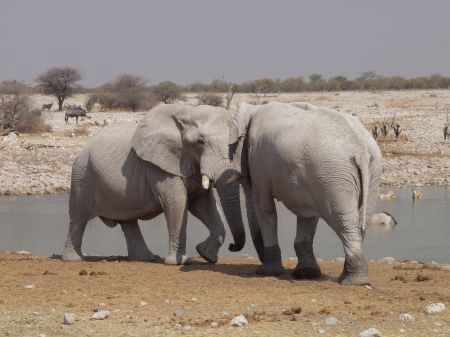The European Union’s (EU) Carbon Border Adjustment Mechanism (CBAM) presents a huge opportunity for Namibia’s development, according to green hydrogen commissioner James Mnyupe.
Mnyupe made these remarks during a panel discussion at the Namibia-EU Trade and Sustainability Conference in Windhoek yesterday.
“For Namibia, this is one of the most fundamental economic opportunities of all time,” he said.
“With our wind and solar potential, we have some of the cheapest energy sources in the world.”
Since some industries cannot be decarbonised with electricity, Namibia’s hydrogen ambitions will incentivise industries to set up shop in the country and increase local value addition, he said.
“CBAM is the biggest opportunity Namibia has ever gotten because, unlike other countries, we don’t have to tear down our industries and readjust them to comply with CBAM requirements. We simply have to build up green industries.”
CBAM requires European importers of certain goods to pay premiums on their imports to reduce the impact of the European Emission Trading System (ETS) and ensure global competitiveness of European products.
EU ambassador to Namibia Ana Martins in her keynote address said the objective of CBAM is to level the playing field between EU producers, who face stringent carbon reduction regulations, and foreign producers, who may not face the same climate rules in their home countries.
For non-EU producers aiming to export to the EU, this will only add costs for the monitoring of emissions in production.
Since Namibia has excellent conditions for the set-up of low or zero carbon industries, Namibian exports to the EU have the potential to be highly competitive under the CBAM regime.
“This is exactly where Namibia can leverage EU climate regulations to its advantage … by gaining a competitive advantage in exporting to the EU,” Martins said.
According to Martins, the European regulatory efforts to combat climate change and promote sustainability are of great importance, not only for Europe, but for the global economy.
CBAM premiums must be paid on certain products in the following sectors: aluminium, cement, electricity, fertiliser and hydrogen, as well as iron and steel.
CBAM is already in effect, although only in its transitional phase. European importers will have to pay premiums on 2.5% of the carbon embedded in their imports starting in 2026.
This figure will be raised every year until reaching 100% in 2034.
The cost per tonne of carbon is based on market prices determined by the ETS.
This presents opportunities for Namibian industrial products, hydrogen and outputs produced using renewable sources of energy, such as green iron or steel.
Johannes Michels, co-founder and managing director of the HyIron project in Erongo region, said CBAM is extremely important for the decarbonisation of the iron and steel industry.
“As one of the countries most affected by climate change, we should support carbon pricing,” Michels said during a panel discussion at the conference.
Both Mnyupe and Michels also cautioned, however, that the opportunities offered by CBAM will not remain static and that Namibia must act fast to benefit, both in terms of investments and the development of a regulatory framework.
Stay informed with The Namibian – your source for credible journalism. Get in-depth reporting and opinions for
only N$85 a month. Invest in journalism, invest in democracy –
Subscribe Now!










